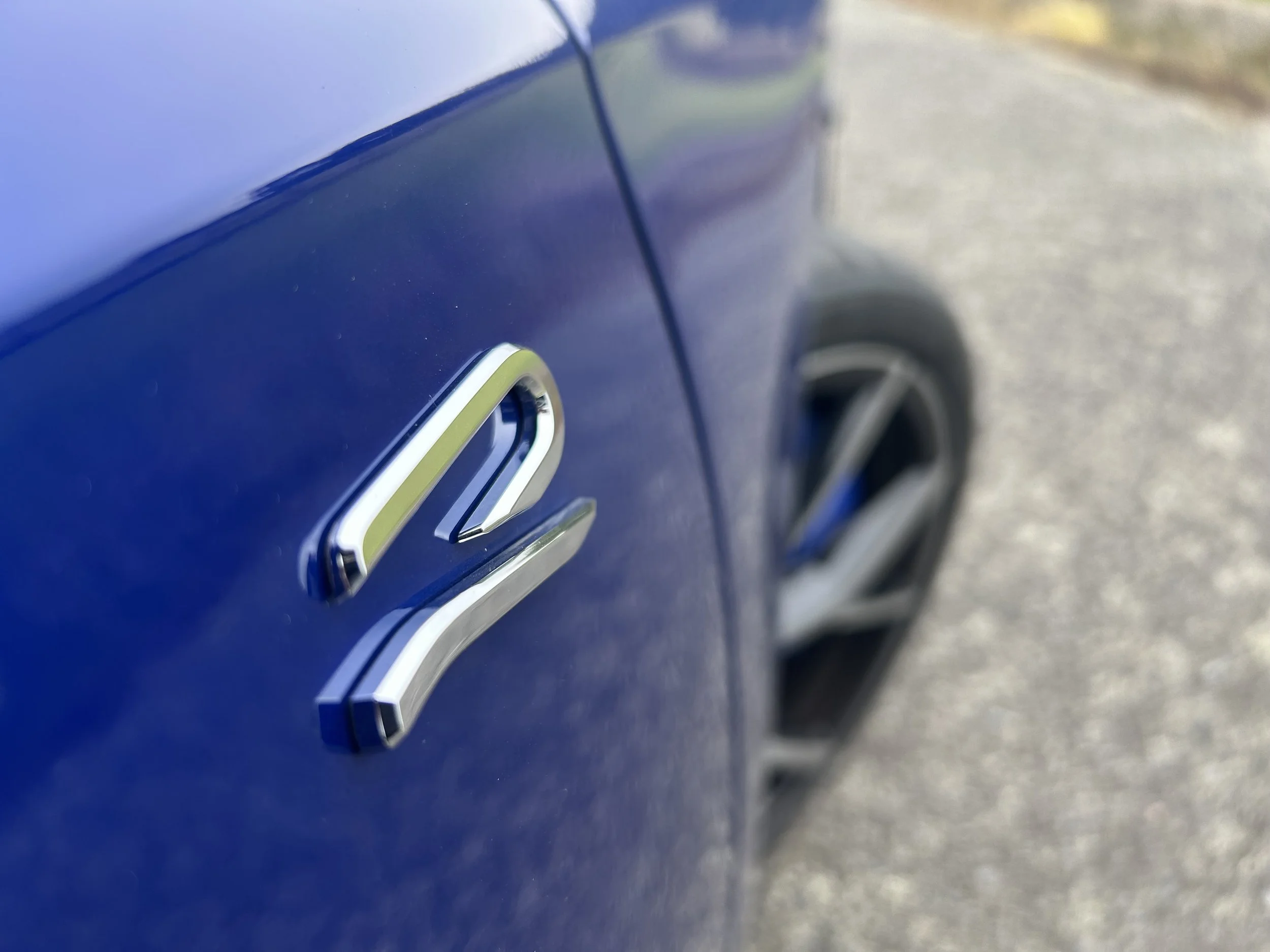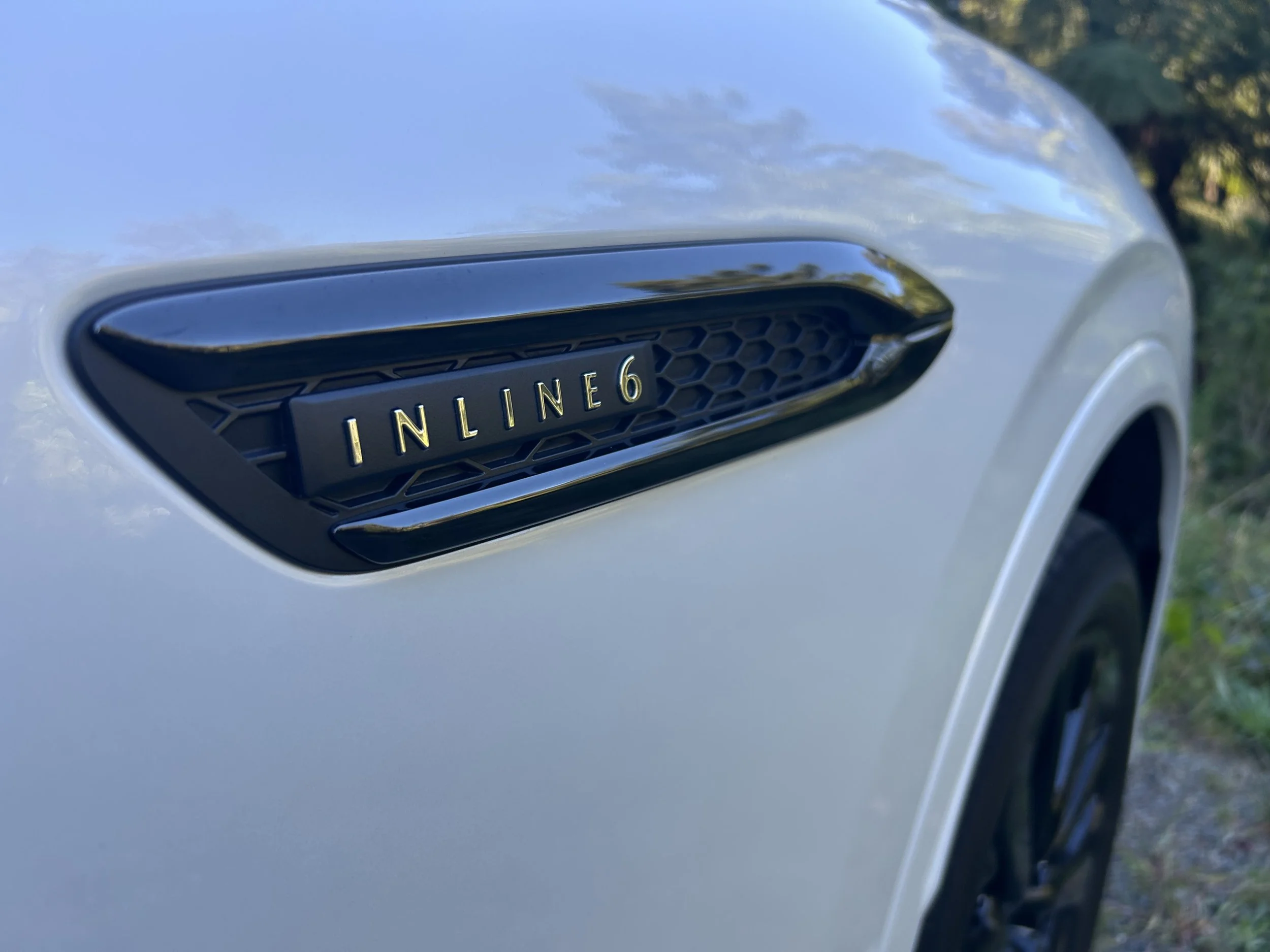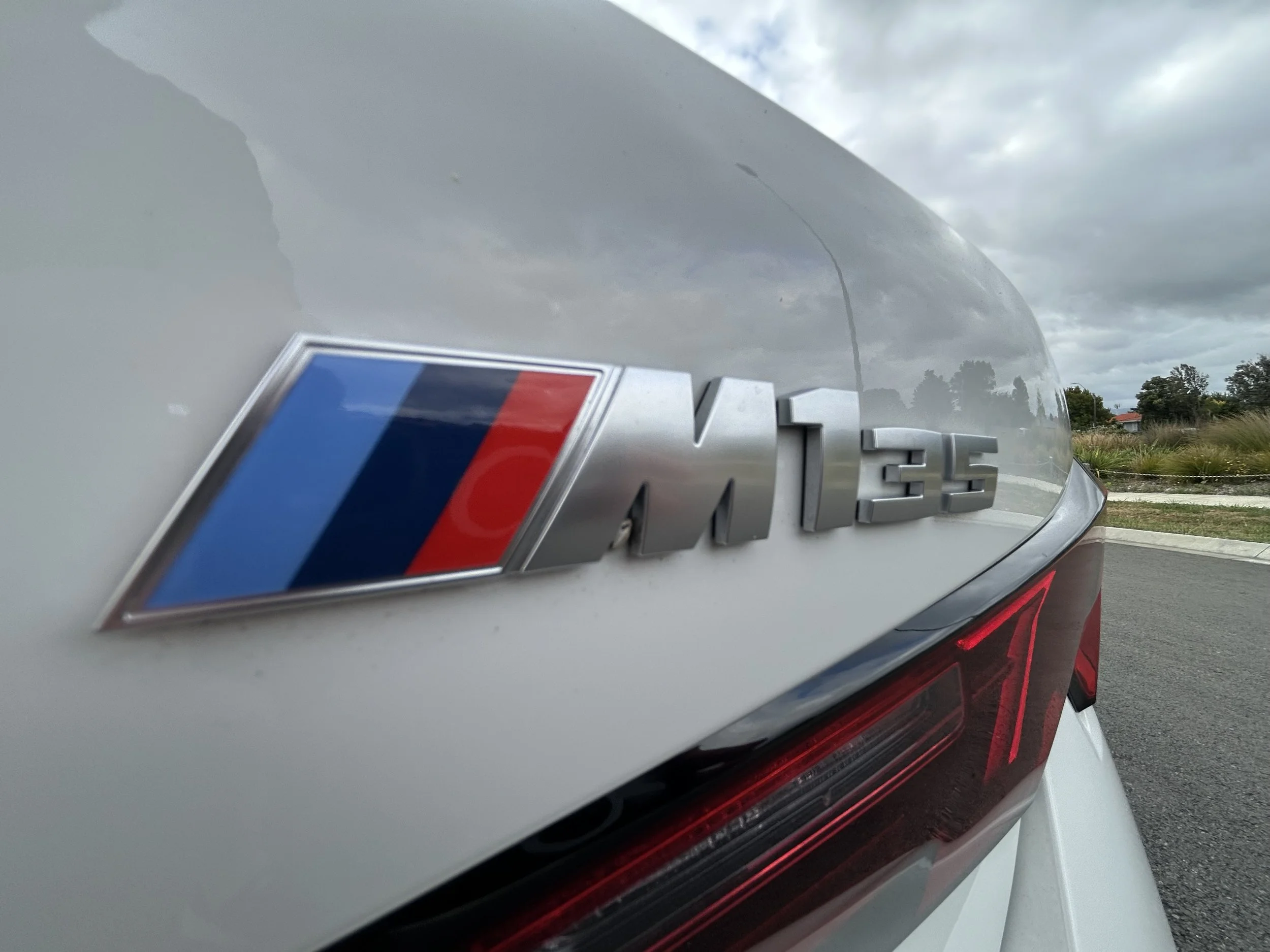Kia’s Model Y rival finally good to go
/The Korean’s first electric vehicle built in China is arguably one of its most important. Delayed introduction was to address the dynamics.
HAS Kia proposal that sourcing its latest electric from a new plant in a new country would get it here sooner, for less cost played out?
Consumers will be the judge with the EV5. Announcement of the line-up and pricing from Kia New Zealand today is running well behind original schedule, which aimed for mid-2024 sign-off.
And the stickers? The big point of different - culturally at least - is that this is the first Korean car to come out of China, whose domestic makers have made a habit of releasing product that undercuts all the opposition, including from South Korea.
In instance of the EV5, that kinda works.
As much as it is no direct threat to the likes of a BYD, Leapmotor or MG, this mid-sized sports utility is in its cheapest of five variants - that’s the Light Long Range two-wheel-drive - has stickers to site just $490 above another China-made ‘international’ important to Kiwis, the Tesla Model Y.
The EV5 also provisions in two other single motor front-drive forms - a $70,450 Light plus Long Range and an Earth Long Range for $75,450 - all these with a 160kW/310Nm motor and more than 500 kilometres’ range cited on the WLTP scale.
It also avails in Earth and GT-Line dual motor (so, all wheel drive) editions with 230kW/480Nm, for $80,450 and $85,450 respectively. Their driving ranges drop to 500km and 470km respectively.
The EV5 has similar proportions to the Sportage and styles to look like a smaller version of the blocky EV9 seven-seater that came in earlier this year, from Kia’s plant in South Korea, which also delivers the EV6.
The pricing means the cheapest Kia electric sold in NZ remains the Niro Plus, at $64,990.
Until the EV5, the least expensive car on the E-GMP platform EV5 also builds on has been the EV6, at $76,990. The considerably more expensive new EV9 is also an E-GMP car.
With EV-5, though, it’s a different technology mix. It sits a ‘N3 eK’ 400-volt electric car platform, which is cheaper to produce than the E-GMP chassis but bases on 400-volt electric architecture rather than the 800-volt platform in the EV6 and EV9.
This means its charging speeds are slower, though still capable of accepting up to 120kW (compared to 250kW in the more expensive vehicles).
China-built versions are powered by 64.2kWh and 88.1kWh lithium iron phosphate (LFP) battery developed by electric-vehicle specialist BYD. Just the larger of those is coming to NZ.
South Korea-built EV5, for Kia’s domestic market, use nickel smaller capacity manganese cobalt (NMC) batteries, in smaller sizes.
There are differences in range and performance, with the China cars showing advantage.
Kia NZ has commented that EV5 has released with added benefit of an extensive ‘local; tuning, engineering and validation programme, which conducted earlier this year and involved 45 engineers who cocked more than 25000 kilometres in an EV5 prototype and support vehicles.
A communication from the Auckland office says “they tested software and hardware, further enhancing the model’s suitability for Kiwi conditions”.
It avoids to say the programme was not conducted here, but in Australia and was the reason for the delay. In the words of Kia Australia’s managing director Damien Meredith: “The car wasn’t right in terms of ride and handling. And we had to get that fixed, so we fixed it.”
The Kia NZ specification sees the Light and Light Plus cars run on 18 inch wheel, the Earth on 19s and the GT-Line on 20s.
These are the first Kia cars sold here with facility for over-the-air updates and first with the Kia Connect phone app, a feature whose abilities include contact with emergency services, albeit via a call centre, in event of an incident.
The Light Plus and above products have a power driver’s seat, blindspot view monitor, 360 degree view camera, parking assist. The Earth has auto flush door handles, a smart tailgate, heated front seats, swaps cloth for fake leather, takes a wireless phone charger, has a head-up display and vehicle to load function.
The GT-Line has all that and adds a sunroof, a body kit, heated steering wheel, a driver’s eat with a massage function, an eight-speaker Harman/Kardon stereo, fingerprint recognition to activate the car and heated/cooled console box.




















